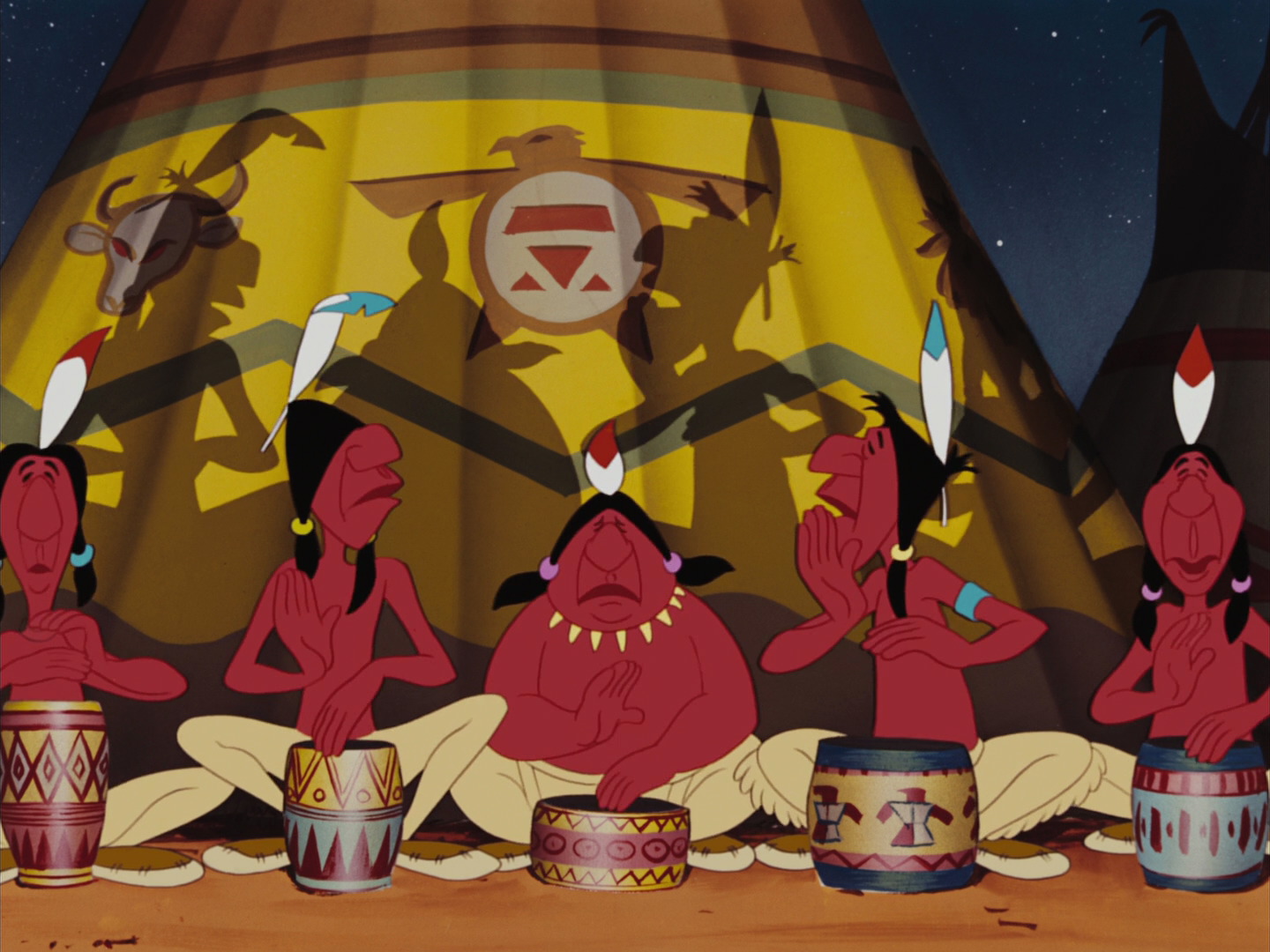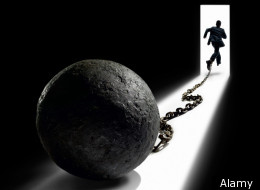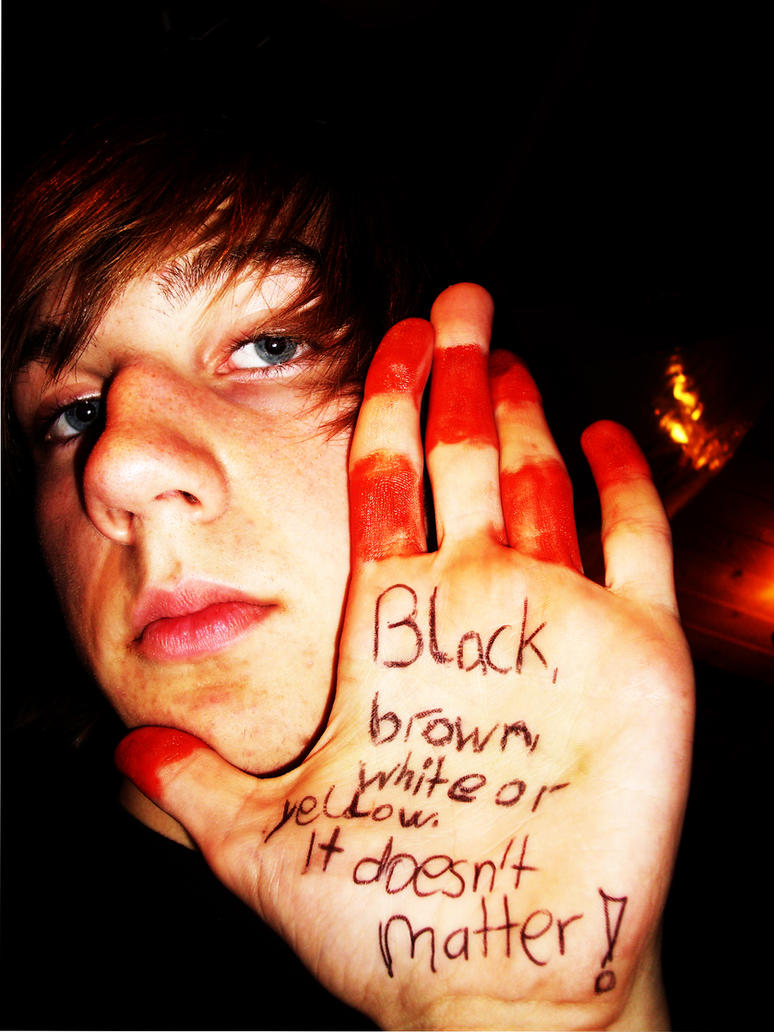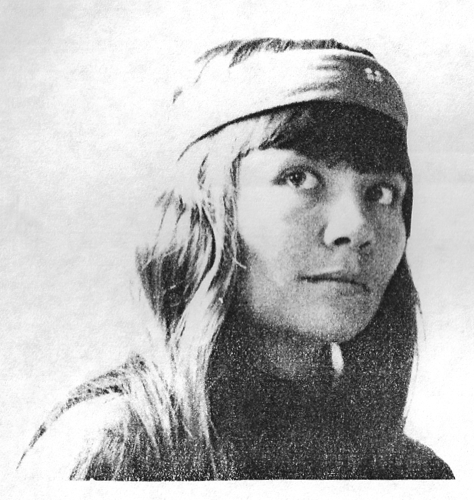Reel Injun directed by Neil Diamond is a movie that exemplifies the portrayal of Native Americans throughout the history. When Native Americans were first introduced to cinema, they were protrayed as inhuman, barbaric, and/or the evil villain which would cause many problems for Native Americans in real life. Russell Means says, '"When we watched the Indians getting slaughtered at the end of every movie... well, my brother would refuse to watch it. Every time that bugle went off and the charge started, my brother - he was a year and a half younger than me - he'd go like this... [bending over, head between knees] ...and he wouldn't look. He wouldn't watch. And we'd come out of those theaters after the, uh, cavalry had rescued the white people, and all of a sudden we'd hear, 'There's those Indians,' and we'd start fighting. We had to fight them white kids. Every Saturday we knew we was gonna get in a fight."' (
Reel Injun) Native Americans are human but and cinema and in real life for years they were treated like inhumane garbage. Everything White Americans knew about Native Americans as a people and their culture they learned from cinema, which was a extremely skewed view. Jesse Wente says, "...this is an ingenious act of colonialism, you are essentially robbing nations of an identity and grouping them into one." (
Reel Injun) Wente is talking about how in the movies Native Americans wore essentially the same clothing, no matter what Native American tribe the director was trying to portrayal. Native American people had and have put up with a very negative portrayal of there people and culture for years, but through it all many still stand up for what they believe. Charlie Hill says, "We're creative natives. And we're... and we're like the Energizer Bunny. The mightiest nation in the world tried to exterminate us, anglicise us, Christianize us, Americanize us, but we just keep going and going. And I think that Energizer Bunny must be Indian. He's got that little water drum he plays." (
Reel Injun) Although Native Americans had to endure such prejudice throughout their history they have stayed a strong people, and many, true to there customs.


%20of%20Dances4.jpg)











%20of%20Dances4.jpg)




